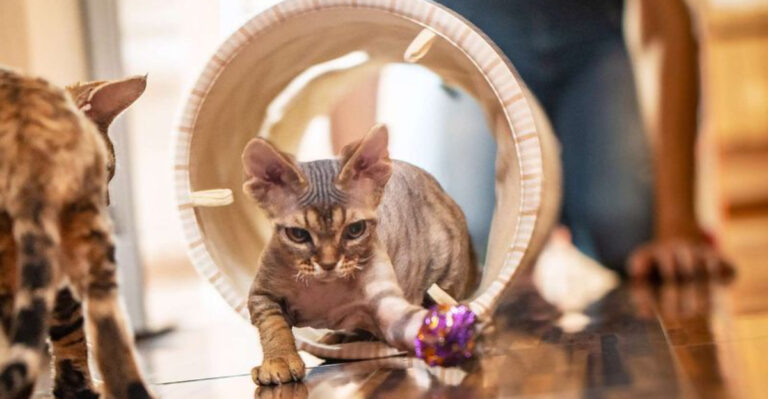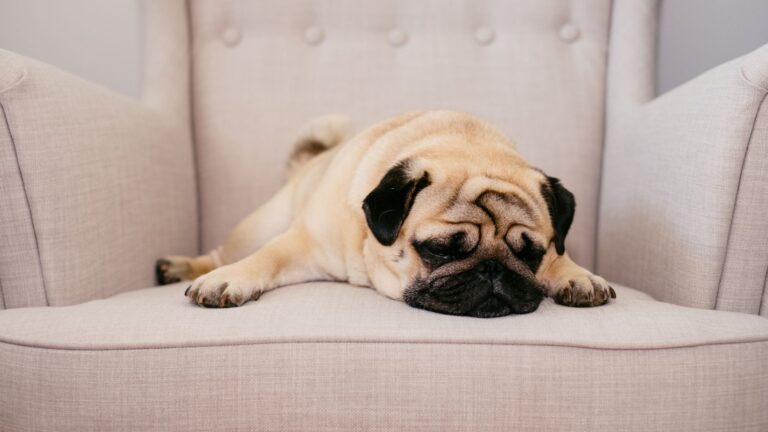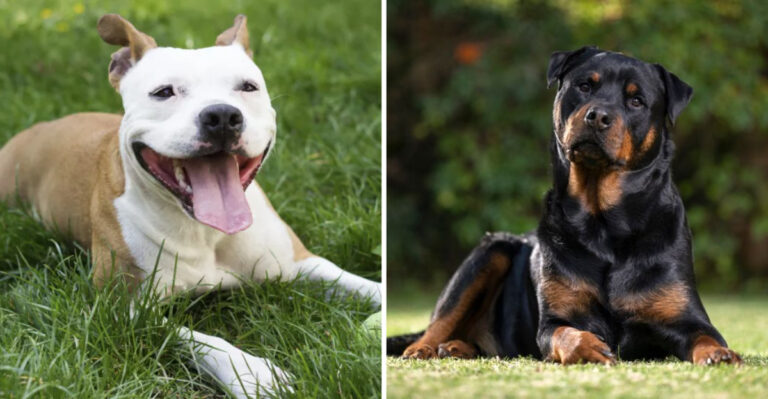10 Household Hazards That Could Harm Your Dog

In every household, there are hidden dangers lurking that could pose serious threats to our furry friends. While some may seem obvious, others can easily be overlooked, leading to potential harm for our beloved pets.
This article sheds light on common household hazards that could endanger your dog, aiming to help you create a safer environment for your four-legged family member.
1. Grapes And Raisins
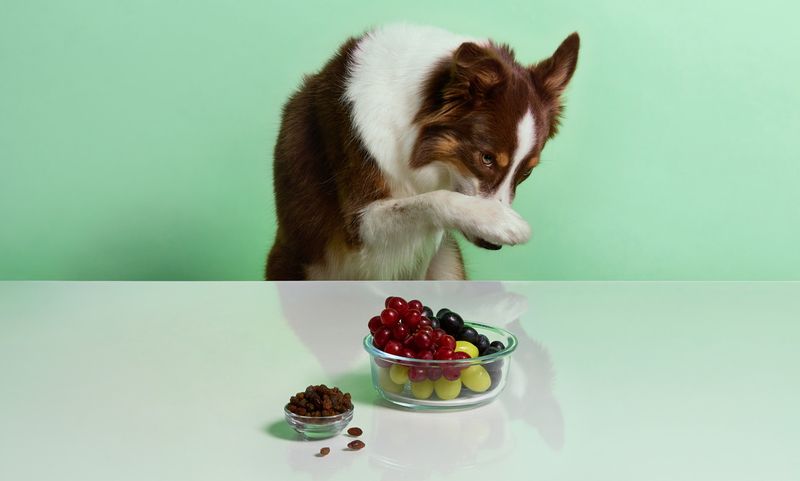
Grapes and raisins, often found in kitchens and pantries, can be highly toxic to dogs. Even in small amounts, these fruits can lead to kidney failure. The exact toxic component is unknown, making it imperative to avoid feeding them to your dog altogether. Symptoms such as vomiting, lethargy, and loss of appetite can occur shortly after ingestion.
To prevent accidental consumption, ensure these foods are stored in sealed containers and kept out of reach. Educate family members and guests about the dangers, emphasizing the importance of not sharing snacks with pets.
If your dog consumes grapes or raisins, prompt veterinary intervention is crucial. Early treatment can mitigate the risk of serious health issues. By maintaining an awareness of these hidden dangers, you can protect your furry friend and ensure their well-being.
2. Chocolate
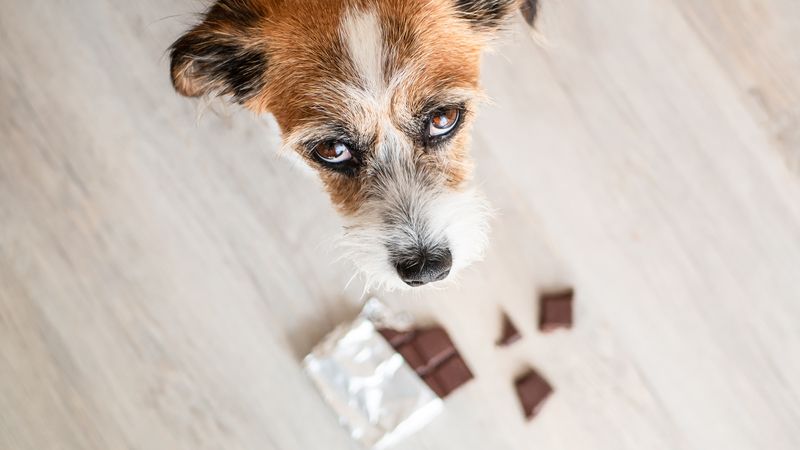
Chocolate, though a delightful treat for humans, poses a significant risk for dogs. It contains theobromine, a compound that dogs cannot metabolize efficiently. This leads to toxicity, causing symptoms ranging from vomiting to potentially fatal seizures. Milk chocolate is less toxic than dark or baking chocolate, but even small amounts can be dangerous. If you suspect your dog has ingested chocolate, contact your veterinarian immediately.
Keep chocolate out of reach, stored securely in high cabinets, and educate family members about the risks. Consider dog-friendly alternatives for treats. Always check ingredients in any food left around, ensuring no chocolate is accessible to your pet.
By being mindful of chocolate’s presence in your home and taking preventative steps, you can minimize the risk of accidental ingestion and keep your canine companion safe from harm.
3. Household Cleaners
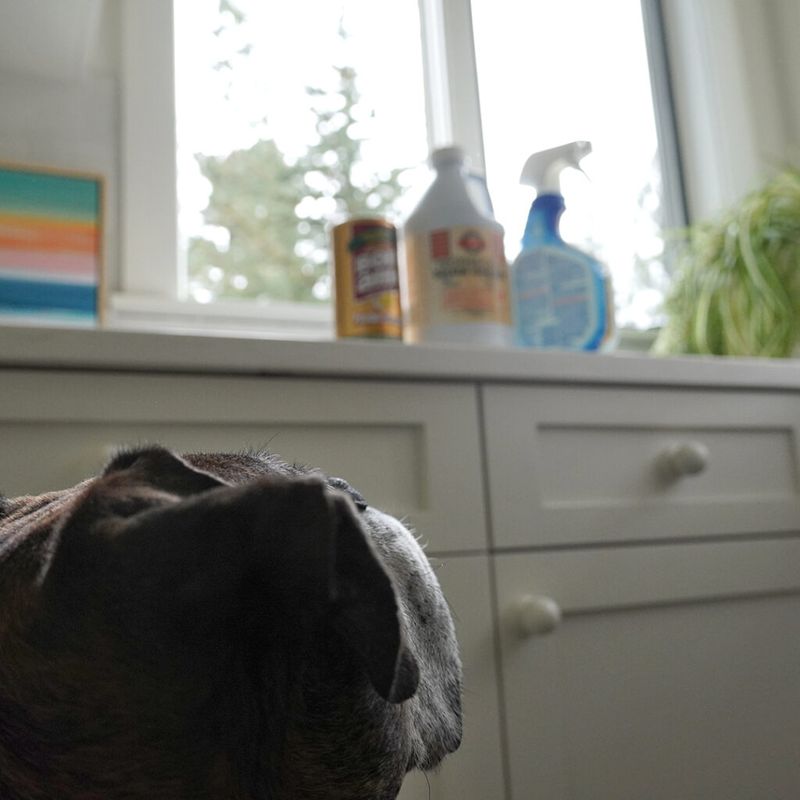
Household cleaners, essential for maintaining a germ-free environment, pose a significant threat to dogs if ingested. Many cleaning products contain chemicals such as bleach, ammonia, and phenols, which can cause gastrointestinal upset, respiratory distress, and more severe health issues.
Keep these products in secured cabinets, preferably with child-proof locks, to ensure that curious pets cannot access them. Always follow the manufacturer’s instructions for safe use and disposal. Consider using pet-safe cleaning alternatives when possible.
If your dog comes into contact with or ingests a cleaning product, seek veterinary assistance immediately. Bring the product’s label to the vet for reference. By taking these precautions, you can maintain a clean home while safeguarding your pet’s health.
4. Medications
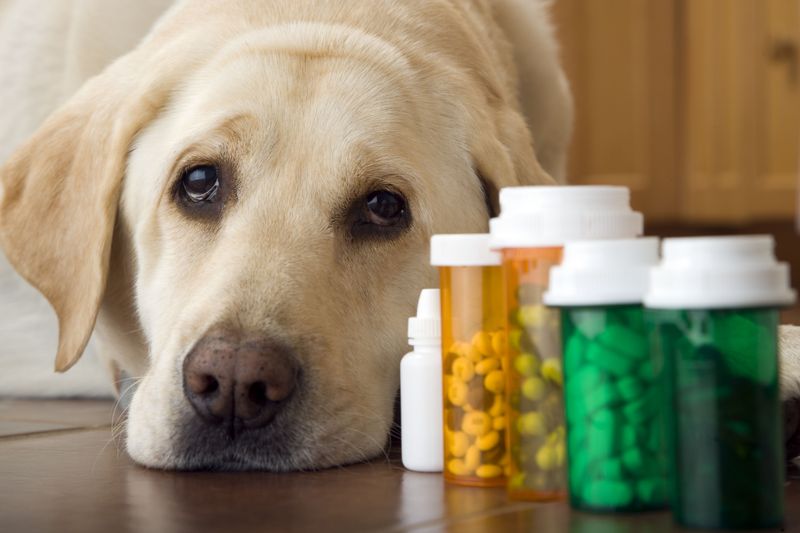
Medications, whether prescription or over-the-counter, can be extremely harmful to dogs if ingested. Common human medications like pain relievers, antidepressants, and cold medications can cause severe toxicity. Dogs may experience symptoms such as vomiting, diarrhea, and even organ failure.
Store all medications in cabinets or drawers that are out of reach, and never leave pills on countertops or tables. Use pill organizers with secure lids and educate family members about the dangers of leaving medications accessible.
If a dog accidentally consumes any medication, immediate veterinary care is vital. Bring the medication packaging to the vet to aid in treatment. By ensuring medications are stored safely, you protect your dog from potential harm and ensure their safety in your home.
5. Xylitol
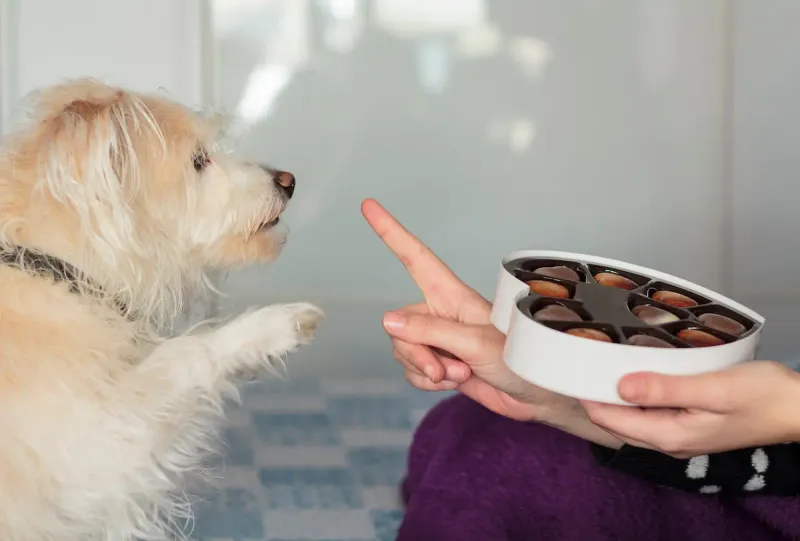
Xylitol, a common sugar substitute found in many sugar-free products, is highly toxic to dogs. Even small amounts can lead to life-threatening hypoglycemia and liver failure. Symptoms, such as vomiting, loss of coordination, and lethargy, can appear rapidly after ingestion.
Always check the labels of foods, gums, and candies to ensure they do not contain xylitol. Store such items securely and educate family members on the risks involved. Be cautious with products like sugar-free baked goods or toothpaste.
If you suspect your dog has ingested xylitol, seek veterinary care immediately. Fast action is critical in preventing severe health consequences. By being aware and vigilant, you can keep this hidden hazard away from your pet, ensuring their safety.
6. Onions And Garlic
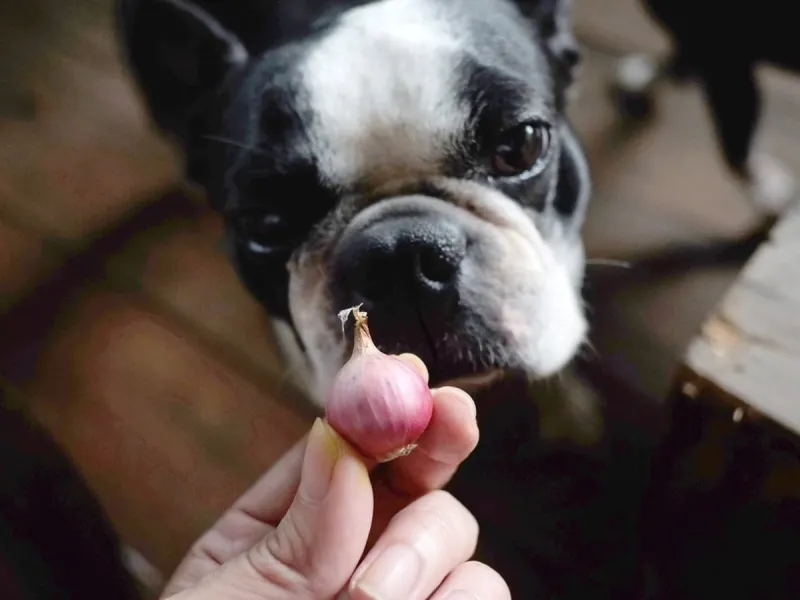
Onions and garlic, common ingredients in many dishes, are toxic to dogs. These items can damage red blood cells, leading to anemia. Symptoms may include weakness, vomiting, and an increased heart rate. Both raw and cooked forms pose a risk, so it’s important to keep them out of your dog’s reach.
Store onions and garlic in secure containers and avoid feeding your dog table scraps that might contain these ingredients. Educate others in your household about the dangers associated with these foods.
In cases of suspected ingestion, consult your veterinarian promptly. Treatment may involve supportive care to manage symptoms and prevent long-term damage. By staying informed and cautious, you can protect your pet from the perils posed by onions and garlic in your home.
7. Electrical Cords
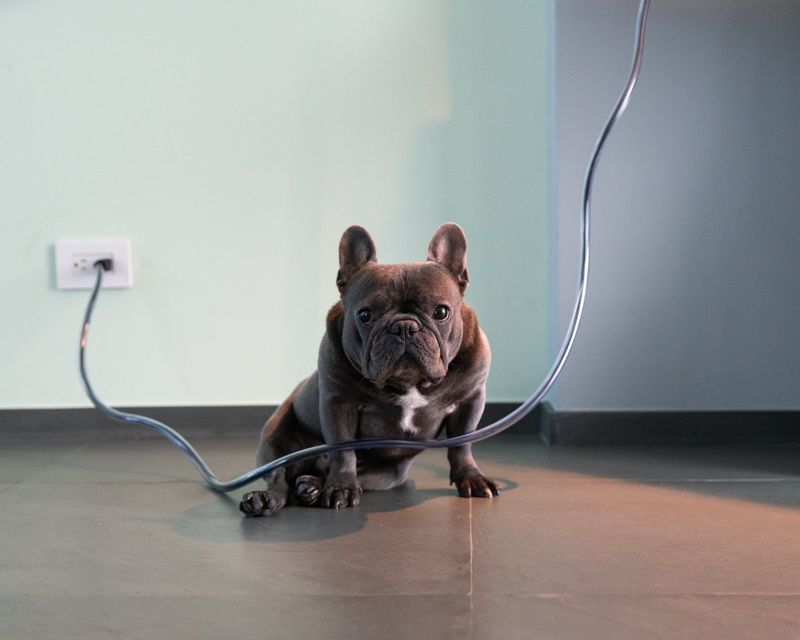
Electrical cords, often found scattered around homes, pose a significant risk to curious dogs. Chewing on cords can result in electrical shock, burns, or even death. Puppies are particularly prone to this behavior as they explore their environment.
Organize and hide cords using cord covers or by rearranging furniture. Provide plenty of chew toys to deter your dog from seeking out cords. Training and supervision can also help reduce the risk of accidents.
If your dog bites an electrical cord, seek veterinary care immediately, even if no symptoms are present. Quick action can prevent serious complications. By taking steps to manage electrical hazards, you ensure a safer home environment for your pet.
8. House Plants
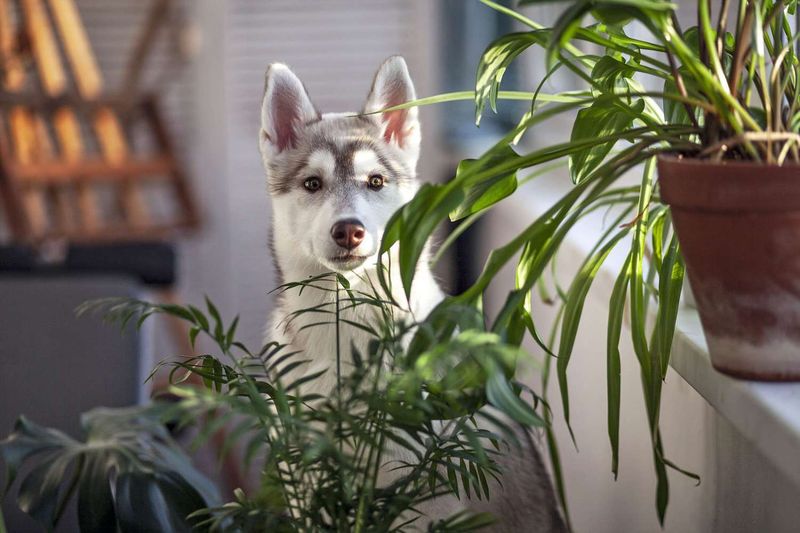
House plants can add beauty to your home, but some are harmful to dogs. Plants like lilies, azaleas, and philodendrons can cause symptoms ranging from mild irritation to severe poisoning. Dogs might exhibit drooling, vomiting, or difficulty breathing if they ingest toxic plants.
Familiarize yourself with the plants in your home and their potential risks. Opt for pet-safe varieties and keep all plants out of your dog’s reach. Regularly inspect your home for any fallen leaves or petals that might attract your pet.
If your dog ingests a toxic plant, contact a veterinarian immediately. Bring a sample of the plant for identification. With the right precautions, you can enjoy greenery in your home without compromising your pet’s safety.
9. Trash Bins
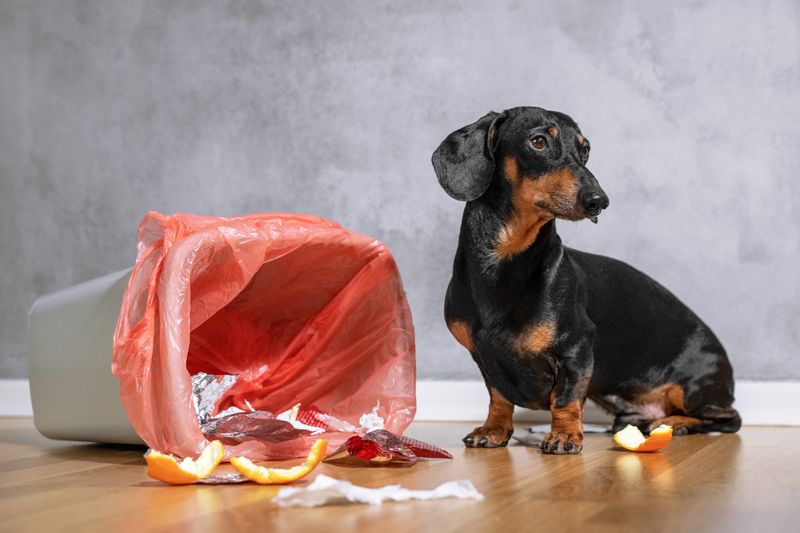
Trash bins, often filled with tempting scents, can be dangerous for dogs. They may contain sharp objects, spoiled food, or toxic substances that pose health risks. Dogs rummaging through trash can experience gastrointestinal issues, choking, or poisoning.
Use trash cans with secure lids and place them in areas inaccessible to your pet. Consider using a child-proof latch for additional security. Educate family members about ensuring trash is disposed of safely.
If your dog accesses the trash, monitor them for signs of illness and contact your veterinarian if necessary. By managing trash disposal effectively, you minimize the risks and keep your home a safe haven for your pet.
10. Human Food Scraps
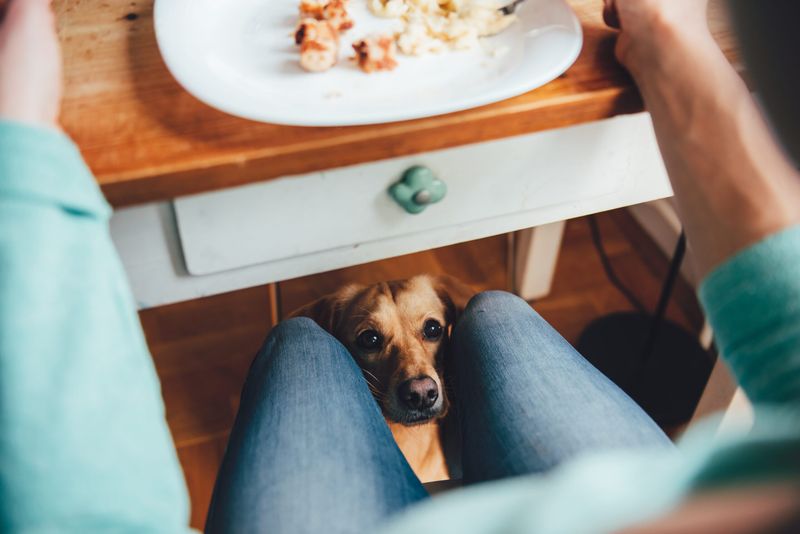
Human food scraps, while seemingly harmless, can contain ingredients harmful to dogs. Foods like bones, fatty trimmings, and certain seasonings can cause choking, pancreatitis, or toxicity. Even small amounts can lead to serious health issues for your pet.
Discourage feeding dogs from the table and educate guests on this practice. Ensure leftovers are securely stored and not left within reach. Opt for dog-safe treats as an alternative to human food.
If your dog consumes harmful food scraps, observe them closely for signs of distress and contact your veterinarian if necessary. By creating a clear boundary between human and pet food, you protect your dog from potential hazards and promote their well-being.

